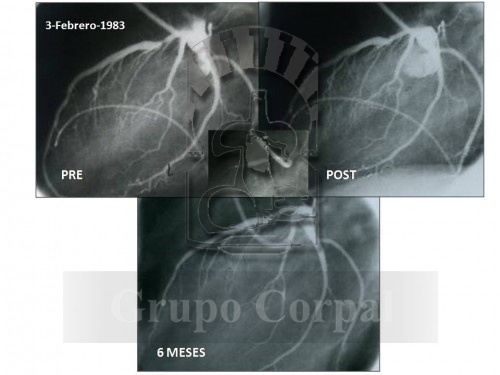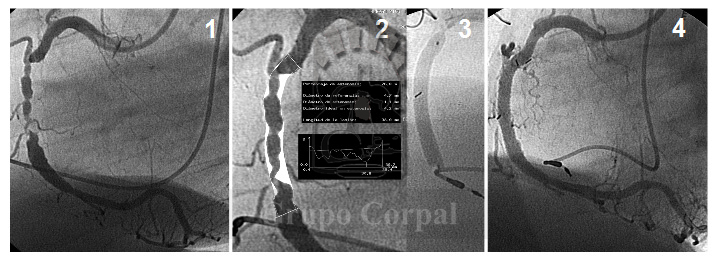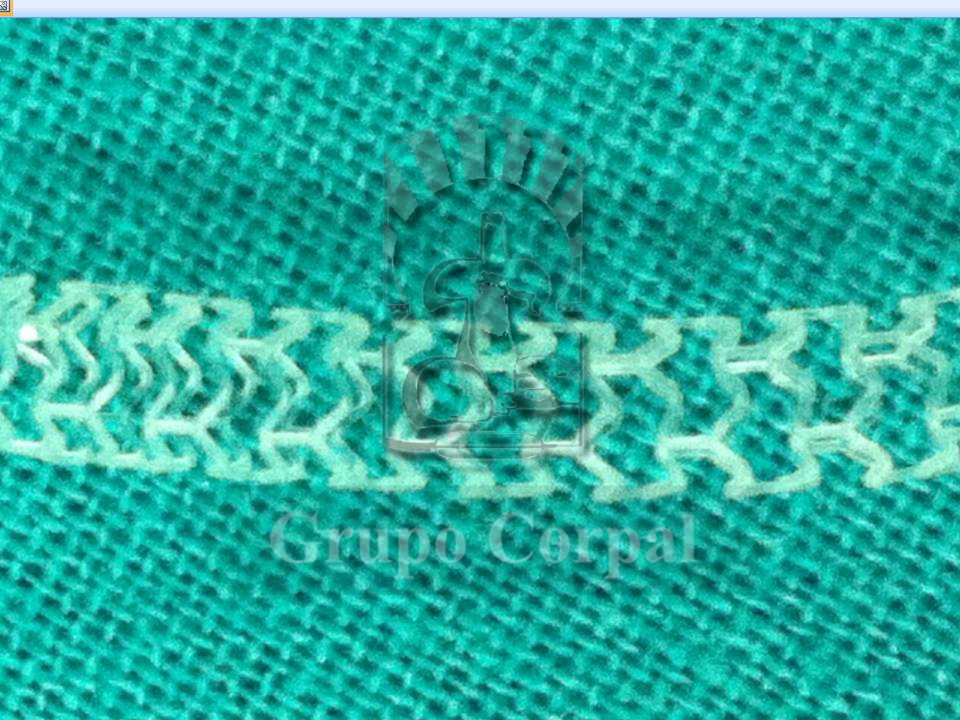Coronary Artery Disease
Coronary heart disease is the most common heart condition. We could refer to it as pandemic, and it is responsible for numerous deaths. Major progress in the last few years has spectacularly improved survival and quality of life with established disease.
Techniques
Balloon angioplasty
Angioplasty is a treatment that aims to dilate a blocked artery by interventionist cardiologists inserting a small balloon through a catheter, to increase the blood flow to the heart. Read more…
Implantation of metal stents
The goal of this treatment is to dilate arteries by inserting a tube-shaped metal mesh in order to keep a blood vessel open and increase blood flow. Read more…
Implantation of drug-eluting stents
Since the turn of the century, the market has had metal stents coated with a polymer containing an anti-proliferative drug that is slowly released after implantation, for 20-30 days. This slow release inhibits the proliferative process related to scarring after implantation. These stents have drastically reduced the incidence of re-stenosis after the use of stents to treat coronary lesions to 2-10%, depending on the type of lesion. Read more…
Implantation of resorbable stents
Around seven years ago the market welcomed a new type of stent of non-metallic material that is resorbed over time.After implantation, this plastic material based on polylactic acid supports the atheromatous coronary wall, revascularising sick vessels. These stents, known as BVS, also release an anti-proliferative drug (Everolimus) that prevents re-stenosis. Read more…
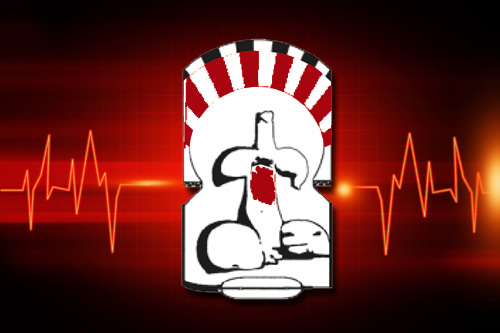
Rotational atherectomy (Rotablator)
Atherectomy means removal of atheroma plaque. This is a surgical term, as it was only possible via surgery. In the 1980s, however, it became possible to perform atherectomy percutaneously, through the femoral artery. The advantage is that the material can be analysed, leading to numerous findings regarding atherogenesis and how to treat coronary disease. Read more…
Cutting balloon angioplasty
The hard structure of coronary plaque occasionally requires preparation prior to stenting.
A cutting balloon makes cuts in the plaque structure to remodel the vessel. The disadvantage is its larger profile, but this is now practically solved with the design of balloon catheters with spiral guides. Read more…
Drug-coated balloon angioplasty
The idea of adding the administration of an anti-proliferative drug to the mechanical coronary plaque repair process is not a new one. After studying systemic drugs, animal experiments showed that balloons with small pores could be used to administer drugs during dilation. Read more…
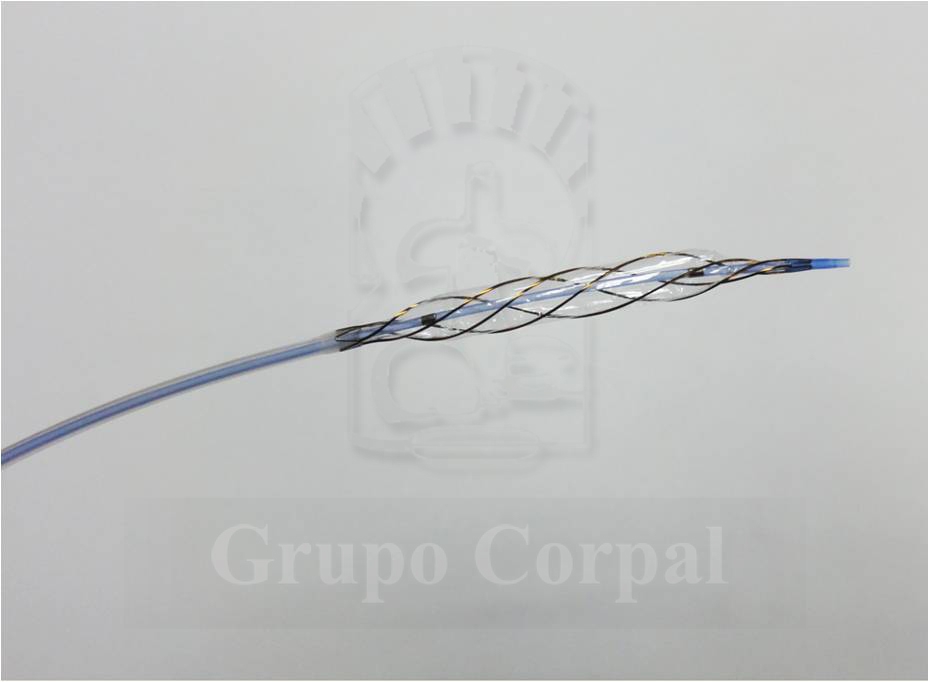
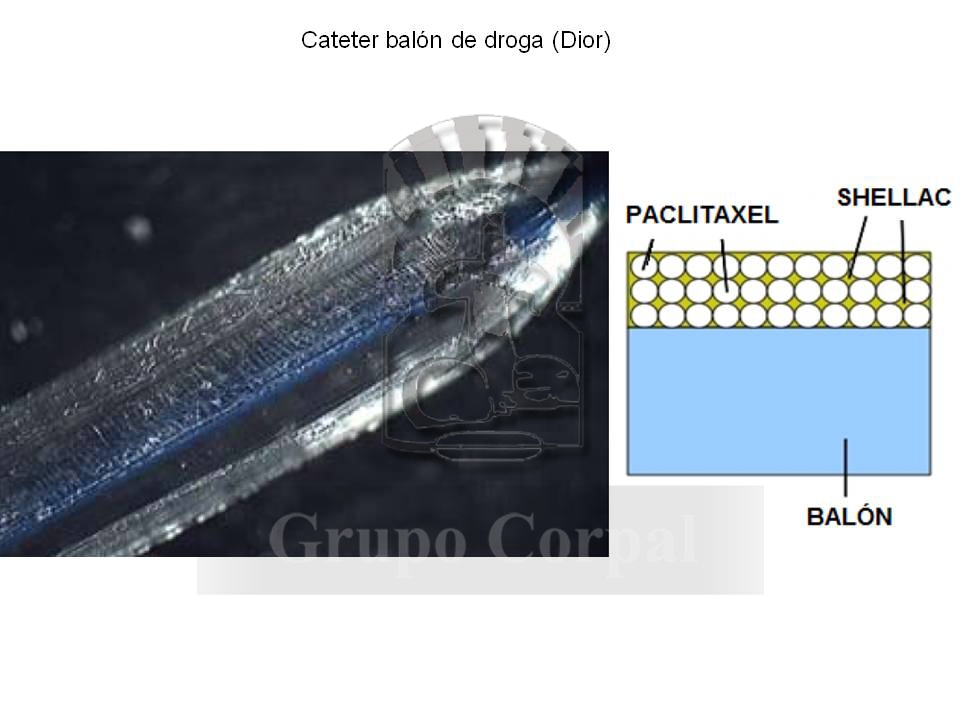

Intracoronary thrombectomy
A complex atheromatous plaque can occasionally lead to clots, common in plaque that leads to myocardial infarction.
The existence of fresh blood clots in a blood vessel to be treated can cause embolism, so they need to be removed. Read more…



